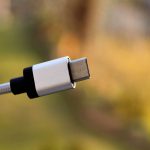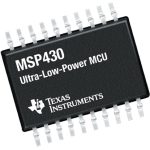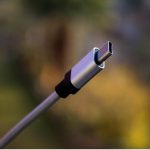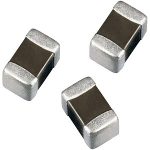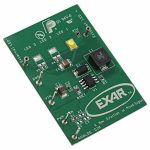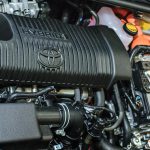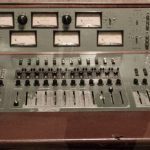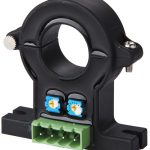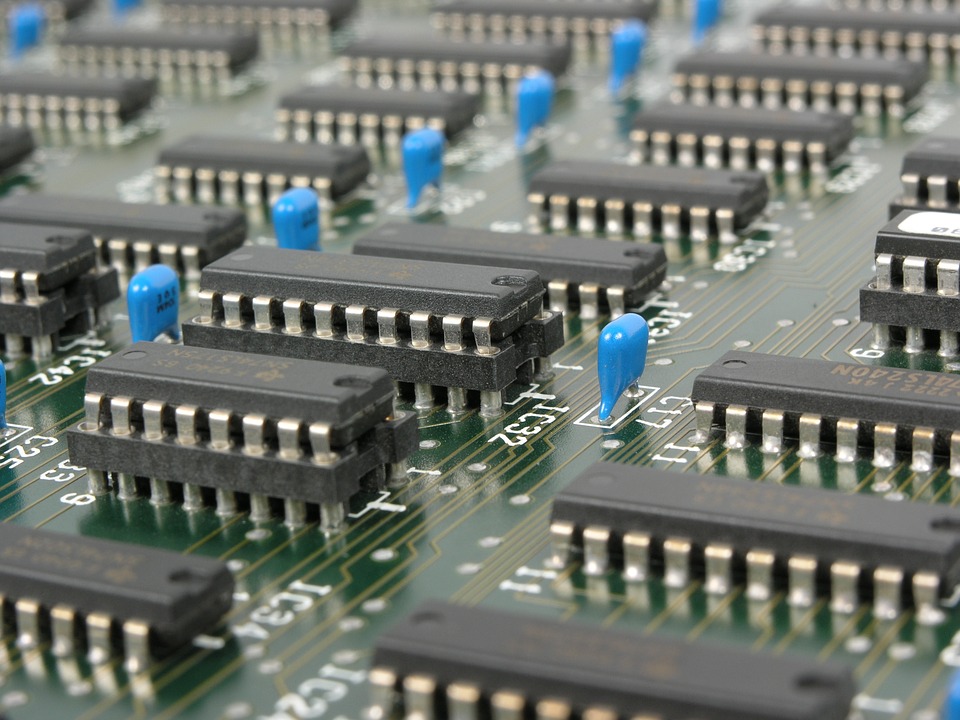
Isolated current sensing
Isolated current sensors Knowing the amount of current being delivered to a load is very important in many applications. This knowledge is not only important in understanding the impact of current on battery life but it also comes in handy in making safety-critical decisions. Some of the situations where current motor-control feedback, solar arrays, and high-power charging. Different applications demand different design requirements with respect to common mode voltage, accuracy, and directionality. As a result, numerous methods have been developed to cater for these different requirements. The trick in picking the proper method lies in understanding the ways in which current can be measured. This will enable you to make the right choice with regards to power, safety, cost, circuit accessibility and form factor.
Isolated current techniques
Isolation if current circuit sensing in Isolated current sensors is required for both technical and regulatory reason. It is often mandatory as it creates a safety barrier which is fundamental to the event of a component failure or human error. When the sensor is galvanically isolated from the current path being assessed, it means there is no ohmic path and the near-infinite impedance between zones hence current-sensing becomes simpler from both technical and regulatory point of view. There are isolated current measuring techniques ways of measuring current. They include:
Current measuring resistor
This is one of the most low-cost and simple methods of measuring current. This method is used for measuring low moderate current and voltage levels. When using a current measuring resistor, you just insert the resistor in the path whose current we want to assess. You then measure the voltage across the resistor. When using this method, it is important to properly size the resistor to avoid undesired voltage drop while maintaining a large potential difference.
If the current measuring resistor is grounded on one side, this is called low-side sensing. In low-side current sensing, the measuring circuit is straightforward. If the resistor is grounded, this is known as high-side sensing. In high-side measuring a differential amplifier is required to measure the voltage across the resistor (without any reference to ground). High-sensing is often galvanically isolate for safety using an optocoupler or transformer-based isolator.
Current transformer
The Current transformer is designed to produce an AC current in its secondary winding that is proportional to the current being measured in the primary side. It reduces high voltage currents to a much lower than the and offers a very convenient way of monitoring the flow of current in an AC transmission line using a standard ammeter.
Rogowski coils
This technique is less known but very widely used. A Rogowski coil measures the magnitude of the magnetic field developed by the current traveling through a conductor. According to electromagnetic theory, any change in the magnetic field induces an EMF within a wire loop. The induced EMF is directly proportional to the change in the magnetic field. In this essence, the output voltage of the loop is therefore proportional to the time differentiation of the current. Rogowski coils have air cores hence do not exhibit hysteresis, saturation, or nonlinearity. This also makes them low-cost and immune to DC offset. The Rogowski coil can operate over a wide dynamic range while maintaining low temperatures.
Owing to the fact that the Rogowski coil measures the magnetic field, it is susceptible to external magnetic interference. Designers should, therefore, take caution when designing so as to mitigate interference.
Direct Hall effect
Unlike Isolated current sensors, Hall effect sensors are used as arrays as opposed to as single elements. When used as single elements, they are subject to offset, drift, and placement among other errors. However, when used as an array of multiple devices combined with amplifiers and other circuits. The current being measured is passed through the sensor array. The multiple Hall-effect devices then produce an accurate voltage basing on the magnitude of the current being measured.
Hall sensors can be used with numerous applications as they offer a wide dynamic range and good performance. They are however subject to saturation and temperature drift. To minimize saturation, the proper component selection is required. When temperature compensated devices, drift becomes negligible if a temperature. Hall-sensors can also be used along with current transformers.
Conclusion
Isolated current sensors solve the challenge of measuring current in power applications. When done well, it also introduces a sense of safety in the circuit. However, it important to properly understand all these methods so as to come up with the right solution for your application.







